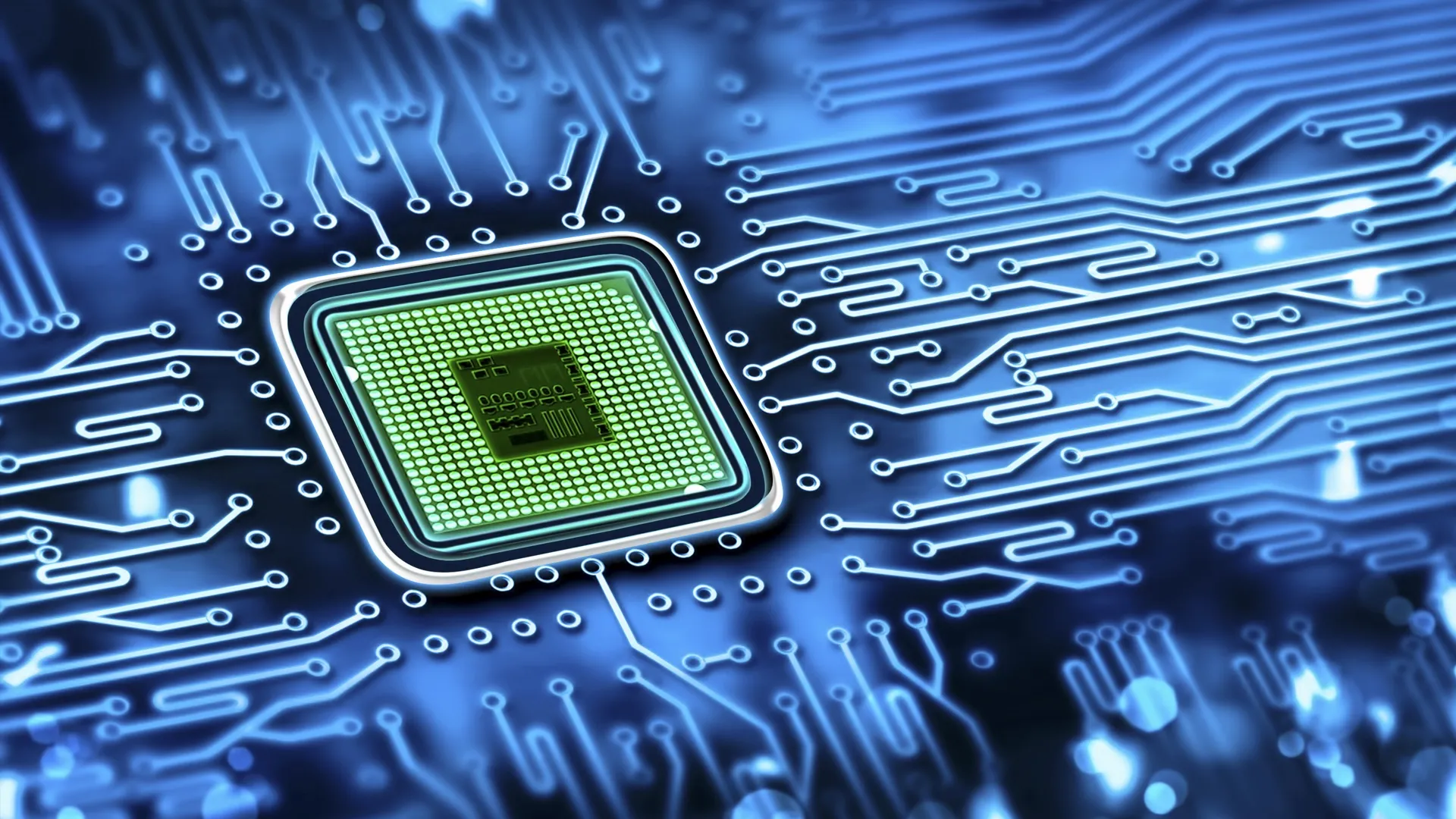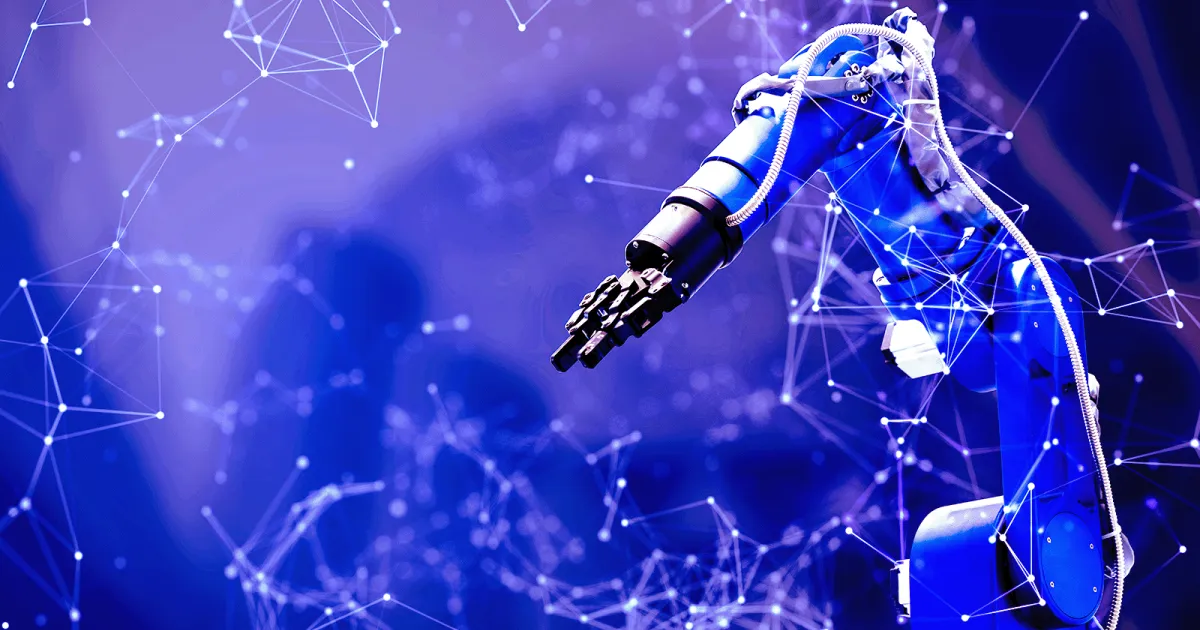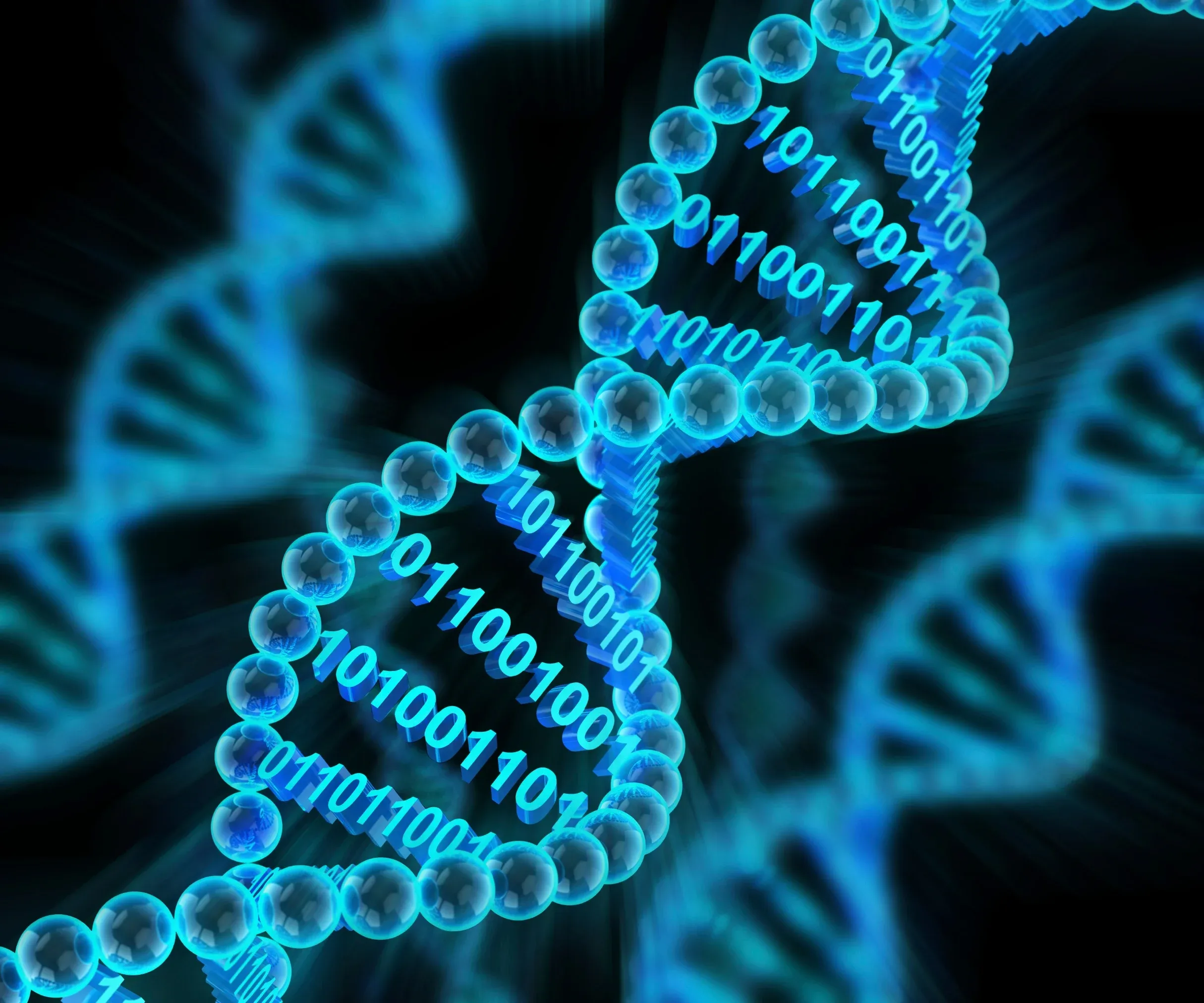In the realm of modern software development, Git and GitHub stand as two pillars supporting collaborative coding efforts. Git, a distributed version control system, revolutionized the way developers manage and track changes in their projects. GitHub, on the other hand, serves as a platform for hosting Git repositories and facilitating collaboration among developers worldwide.
Let's delve into these two indispensable tools and explore their significance in the world of programming!
What is Git?
Git, developed by Linus Torvalds in 2005, is a distributed version control system (VCS) designed to handle everything from small to very large projects with speed and efficiency. Unlike centralized version control systems, Git stores a full copy of the project's history on every developer's local machine.
This distributed nature grants developers the freedom to work offline, experiment with different changes, and collaborate seamlessly with others without being tethered to a central server.
- Key Concepts of Git:
Repositories: Git operates within repositories, which are essentially folders that Git tracks for changes. These repositories can be local or hosted on a remote server.
Commits: A commit represents a snapshot of changes made to the repository at a specific point in time. Developers create commits to save their work and provide a meaningful description of the changes made.
Branches: Branches in Git allow developers to diverge from the main line of development and work on features or fixes independently. Branches provide isolation, enabling multiple developers to work on different parts of a project simultaneously.
Merging: Merging is the process of integrating changes from one branch into another. Git automates much of the merging process, but conflicts can arise that require manual resolution.
What is GitHub?
GitHub, founded in 2008, is a web-based platform built around Git that provides hosting for software development and version control using Git.
It offers a wide range of collaboration features such as bug tracking, feature requests, task management, and wikis for every project. GitHub has become the de facto platform for open-source projects, enabling developers to share code, contribute to others' projects, and collaborate with peers around the globe.
- Key Features of GitHub:
Repositories: GitHub hosts millions of repositories covering various programming languages and projects. Each repository has its own URL and can be accessed and cloned by anyone.
Pull Requests: Pull requests are proposals for changes submitted by a developer who wants to merge their code into the main branch of a repository. They facilitate code review and discussion among team members before changes are integrated.
Issues: GitHub's issue tracker allows developers to report bugs, request features, and discuss ideas related to a project. Issues can be labeled, assigned, and prioritized to streamline project management.
Collaboration: GitHub fosters collaboration through features like project boards, wikis, and team permissions. Developers can work together seamlessly, whether they're in the same room or on opposite sides of the globe.
Conclusion
Git and GitHub have revolutionized the way software is developed, making collaboration easier and more efficient than ever before.
By mastering these tools, developers gain the ability to manage projects effectively, track changes meticulously, and collaborate seamlessly with peers.
Whether you're a seasoned developer or just starting your coding journey, understanding Git and GitHub is essential for success in the modern software development landscape.










